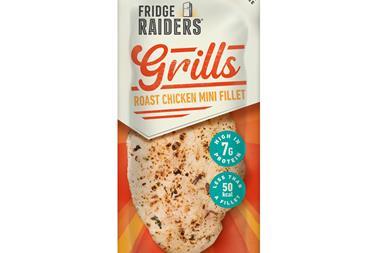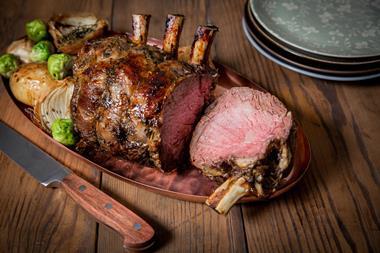The Meat Hygiene Service has survived intact from an FSA review of how best to deliver safe, hygienic meat in abattoirs and processors.
The government-run service will be streamlined to cut total costs, but it will not be disbanded, the FSA board decided last week.
Instead, it will move to a risk-based system similar to that used in the rest of the food industry, so that inspection increases according to the risk an individual plant presents. "Today marks a watershed in the regulation of meat hygiene," said FSA chair Dame Deidre Hutton. "The success of the MHS now lies in its own hands."
The review was launched in November 2006 to find an acceptable way of shifting more of the £91m annual cost of inspections on to the shoulders of plants, cutting the government's £34m-per-year subsidy.
However, the FSA has admitted more work is needed on the cost sharing strategy to ensure it isn't all passed back to farmers. It is proposing a steady increase in the charge payable by abattoirs per head of cattle killed. The move to a risk-based system will save an estimated £103m by 2018 - mostly through redundancies among the MHS's 2000-strong force of inspectors.
Instead of being permanently stationed in every large meat plant, inspectors will visit regularly - as is the case in other sectors of the food industry. It means the FSA must also review the way BSE controls are monitored in cattle abattoirs.
However, the agency hasn't fully abandoned an alternative proposal to replace the MHS altogether with a privately run body.
The FSA said it would switch to this option if the expected cost savings were not realised by the new-look MHS. Under the alternative proposal, cost savings would have been greater - £112m after ten years - but it could have undermined public perception of meat safety.
"Our consumer surveys have shown people believe meat safety is best assured by using a single, public sector, government inspection body," wrote Geoff Tierney, who reported on options for reform to the FSA.



















No comments yet